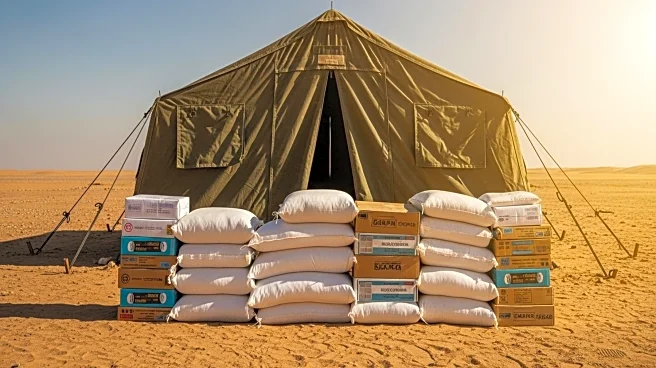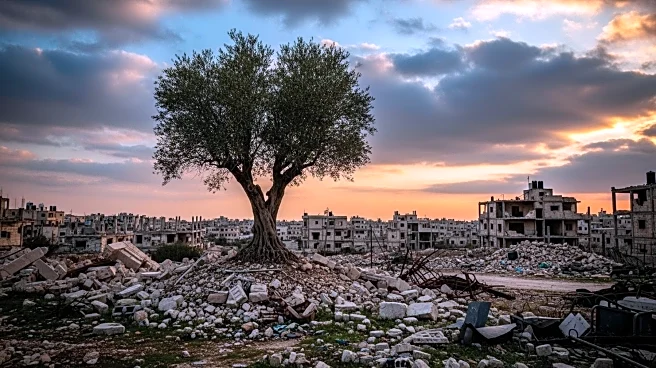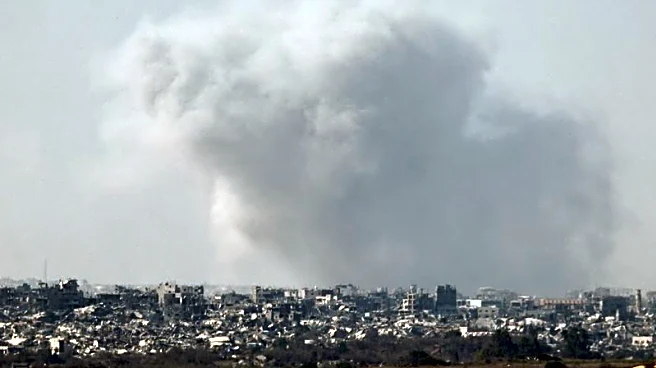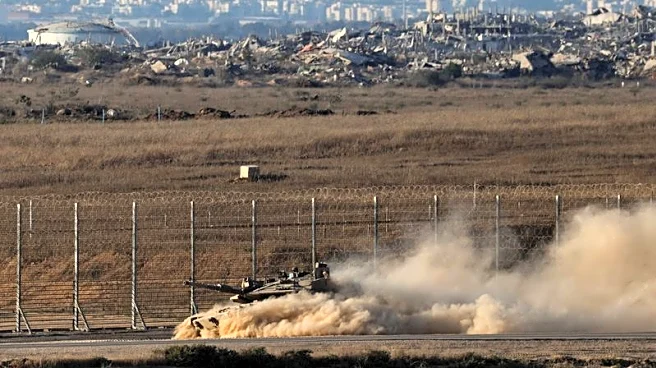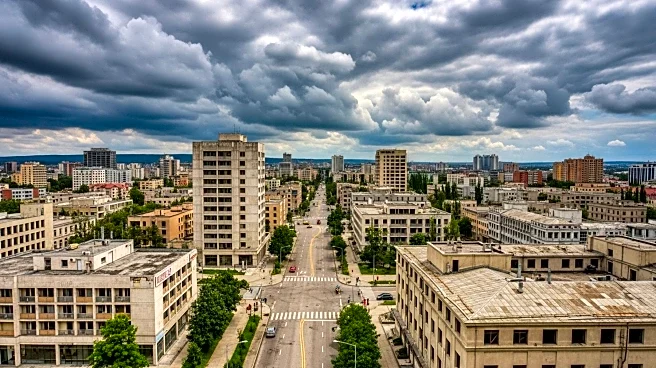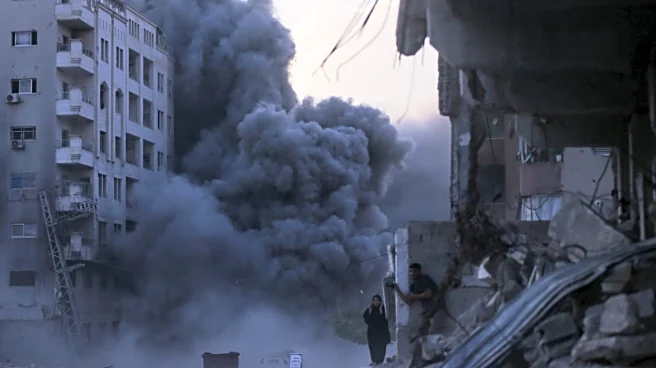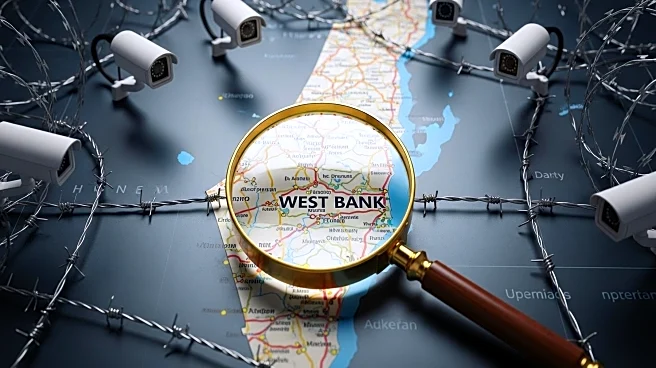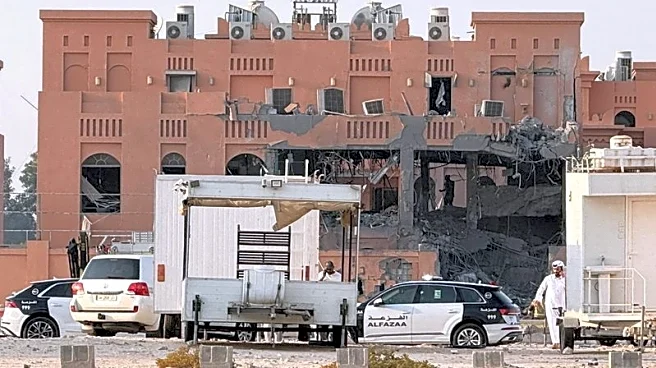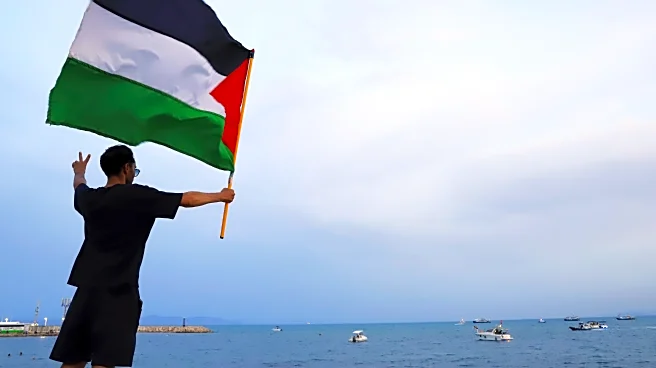What's Happening?
The Israeli army is constructing a new aid distribution site near Rafah in the southern Gaza Strip, as part of a broader evacuation plan for Gaza City residents. The plan involves relocating residents to designated humanitarian zones, which are reportedly overcrowded and lacking essential resources. The Gaza Humanitarian Foundation (GHF), backed by Israel, is set to manage these sites with security provided by private US forces and Israeli troops. However, the UN has criticized the evacuation plan, citing over 1,100 deaths at GHF sites since May and describing the mass movement of people as 'unfeasible' and 'incomprehensible.'
Why It's Important?
The construction of new aid sites and the evacuation plan are significant due to the humanitarian implications for Gaza's population. The overcrowding and resource shortages in designated zones raise concerns about the effectiveness and safety of the aid distribution. The UN's criticism highlights the potential for further casualties and humanitarian crises. The involvement of private US security forces and Israeli troops underscores the geopolitical complexities and the contentious nature of the aid operations in the region.
What's Next?
The Israeli army plans to hand over the new aid sites to the GHF in the coming days, with ongoing construction of infrastructure such as water pipelines from Egypt. The situation may lead to increased international scrutiny and pressure on Israel to address the humanitarian concerns raised by the UN and aid organizations. The effectiveness of the new sites in alleviating the humanitarian crisis will be closely monitored.
